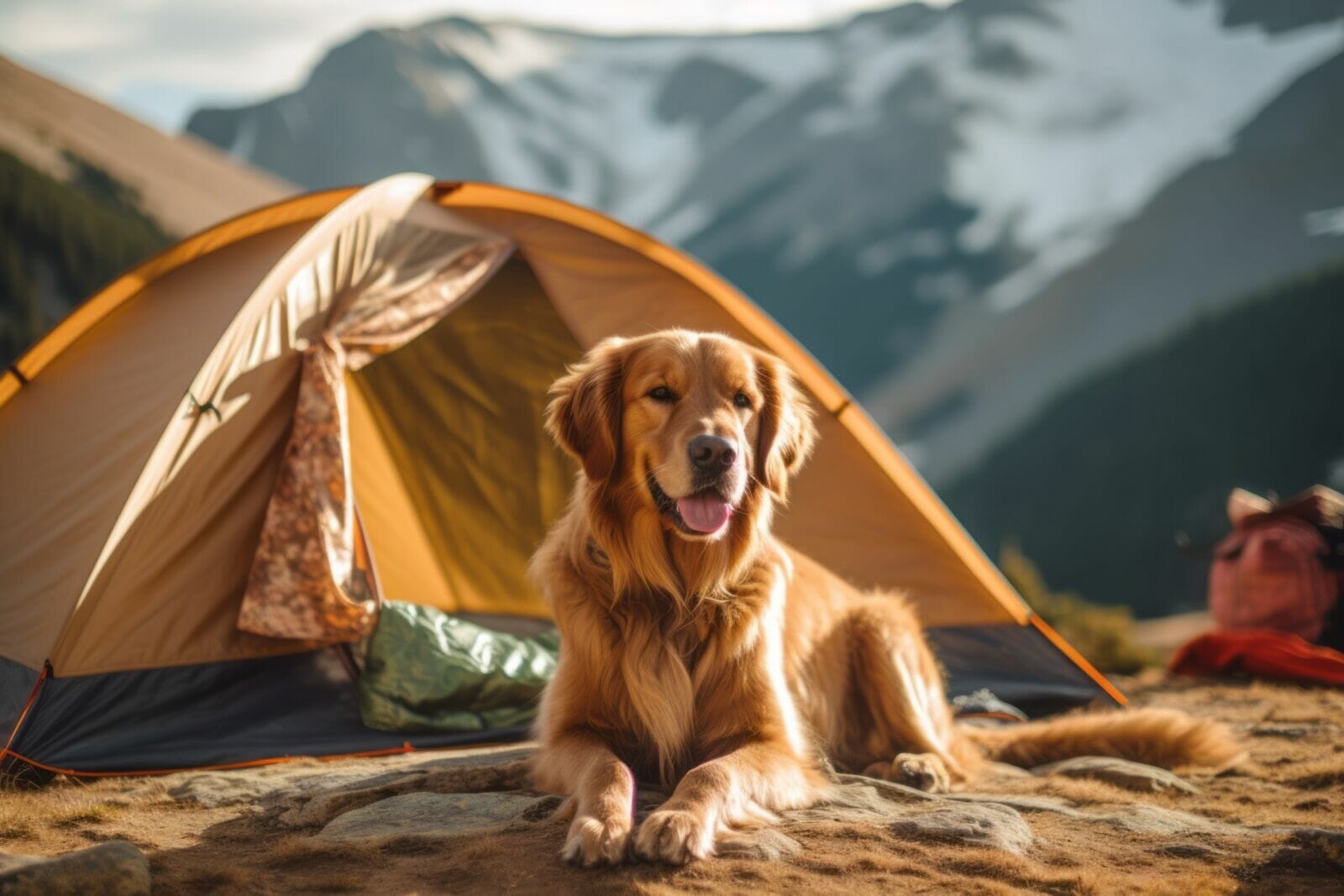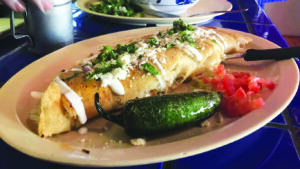Camping in the cold season is a truly exciting experience, but it also requires careful, comprehensive preparation. Regardless of whether you are going to snowy winter regions, whether you are going to a cool mountain range, or simply decide to go to tourist destinations with a cold climate, well-chosen, high-quality tourist equipment is the decisive factor in a comfortable, safe vacation that will give you a lot of positive, unforgettable emotions and an unpleasant ordeal. With proper organization, camping in the cold season can be no less pleasant and unforgettable than a summer vacation amid impressive nature. It is important to know how to build the perfect place for camping in cold conditions so that your trip is comfortable, safe, and filled with positive memories.
FOOD NEWS: 10 celebrity chef restaurants to try in Arizona
It’s important to have a clear understanding of the key challenges of camping in cold weather.
First of all, it’s important to understand the specifics of winter camping and how it differs from being outdoors in warmer weather. This also can apply to areas that tend to be colder in general, so if you are looking for campsites in Seattle or somewhere that is very rainy, you definitely want to read up on reviews of the best places to camp. Low temperatures create additional difficulties not only in keeping warm but also in ensuring the proper functioning of equipment and preserving your health. Prolonged exposure to cold can lead to serious consequences, such as frostbite or hypothermia, so it’s extremely important to prioritize providing warmth in the tent. This is where small tent wood stoves ccome to the rescue. They are an extremely useful thing that will provide you with the right level of comfort and warmth while relaxing outdoors in the cold season, their light weight makes them extremely portable tools that won’t take up much space.
When adventure calls, the OPENROAD4wd 270 Awning delivers unmatched shade and convenience. Its wide-angle coverage offers protection from sun and rain, making it perfect for overland trips. Built tough for rugged conditions, the OPENROAD4wd 270 Awning is a must-have for campers seeking comfort and durability in the great outdoors.
An equally significant challenge of camping in cold weather is the need to stay dry. In cold weather, even a small amount of moisture – from snow, rain or sweat – can quickly turn your gear and clothing into damp, cold masses that cause discomfort. The key to successful camping is layering and choosing materials that breathe well, wick away moisture effectively and retain heat.
Your tent should be as reliable as possible. Key principles for choosing a quality tent for camping in cold weather
When organizing a camping trip in a cold climate, choosing the right tent becomes a key task that requires an immediate solution. Not all models of modern tents can effectively withstand low temperatures, so the right choice directly affects the level of your comfort and safety. Evaluate in detail tents that are specially designed for use in the cold season:
- Consider four-season tents when it comes to winter camping. Such models are designed to reliably withstand difficult weather conditions, they contain reinforced structures, protection from gusts of wind, and heavy snowfall, and retain heat well. Unlike three-season tents, which are mainly suitable for use during the warm seasons, four-season models can withstand various extreme factors described above (heavy snowfall, frost, strong gusts of wind). Although such tents are heavier than their summer counterparts, this is an acceptable price for increased reliability and better insulation;
- If you are planning to camp in extremely harsh conditions, you should consider using special additional heating, for example, installing a wood stove in your tent. A small stove will significantly increase the level of comfort, providing the necessary warmth even during the lowest temperatures. In addition, a small tent stove will help keep the air in the tent dry, preventing the accumulation of condensation and moisture. When choosing such equipment, make sure that it is compatible with the dimensions of your tent and its ventilation system to ensure safety. You can consider compact options for tent wood stoves, which are ideal for winter camping and ensure the proper level of comfort during your vacation.
Quality sleeping bags are invaluable when camping in cold weather.
Once you have your tent securely pitched, it is important to ensure that you have the right level of warmth and insulation inside to ensure that you are comfortable even in cold temperatures. Cold ground is one of the main factors in heat loss when camping. If you do not provide proper protection, you risk spending the night in discomfort. To solve this problem, use special insulating pads that create a barrier between your sleeping place and the cold ground. Choose products with a high R-value – this is a 100% guarantee of reliable thermal insulation.
Your sleeping bag is another key element of your effective insulation system. Choose a model that is designed for temperatures lower than expected during your hike. This will help avoid unpleasant surprises, because the air temperature drops at night, and actual weather conditions may differ from the forecast.
Quality clothing is the secret to staying warm.
To stay warm when camping in the cold, follow the principle of three layers: base, intermediate, and outer. Each performs a separate function, providing comfort and protection. Choose fabrics that are excellent at wicking away moisture. Avoid cotton, which retains moisture, causing cold. Fleece jackets, down jackets, or insulated synthetics are ideal for keeping you warm. Synthetics work better when wet, and down is the warmest. It is important that the clothing breathes and allows you to regulate your temperature. A waterproof and windproof jacket and pants will reliably protect you from the weather. Choose breathable outerwear to avoid moisture accumulating inside.
Don’t forget about a hat, scarf, gloves and warm socks. A warm hat will keep you warm, and gloves will protect your hands from frostbite. For your feet, use thin, moisture-wicking socks combined with thick wool socks for reliable protection.
Cooking and Storing Food in Cold Weather
Cooking food in cold weather is difficult, and food can freeze quickly. To overcome this challenge, use the right equipment and the right selection of products. Take a reliable stove. Canister stoves are often not suitable for use in freezing conditions, while liquid fuel models work more stably. Be sure to stock up on extra fuel. Choose high-calorie and easy-to-cook foods. To avoid freezing food, store it in an insulated bag or directly in the tent.
You can warm up in cold weather with a wood-burning camping stove or campfire. If you light a fire, do it in a safe place and use dry wood – wet wood burns more difficultly and produces more smoke. Campfires provide heat, light, and cooking, but you should not rely on them alone. As a last resort, have a portable stove for heating and cooking.
Summary
Cold-weather camping is a rewarding and unique experience that will give you a lot of unforgettable, positive emotions. This type of camping allows you to connect with nature in a carefree, quiet environment. With the right camping gear, preparation, and effective safety measures, your cold-weather camping will be as comfortable and enjoyable as possible. Explore the various options available for high-quality cold-weather camping gear at Hot Tent. Here you will find a wide range of high-quality equipment that will provide warmth, comfort, and reliability even in the most severe cold weather.




